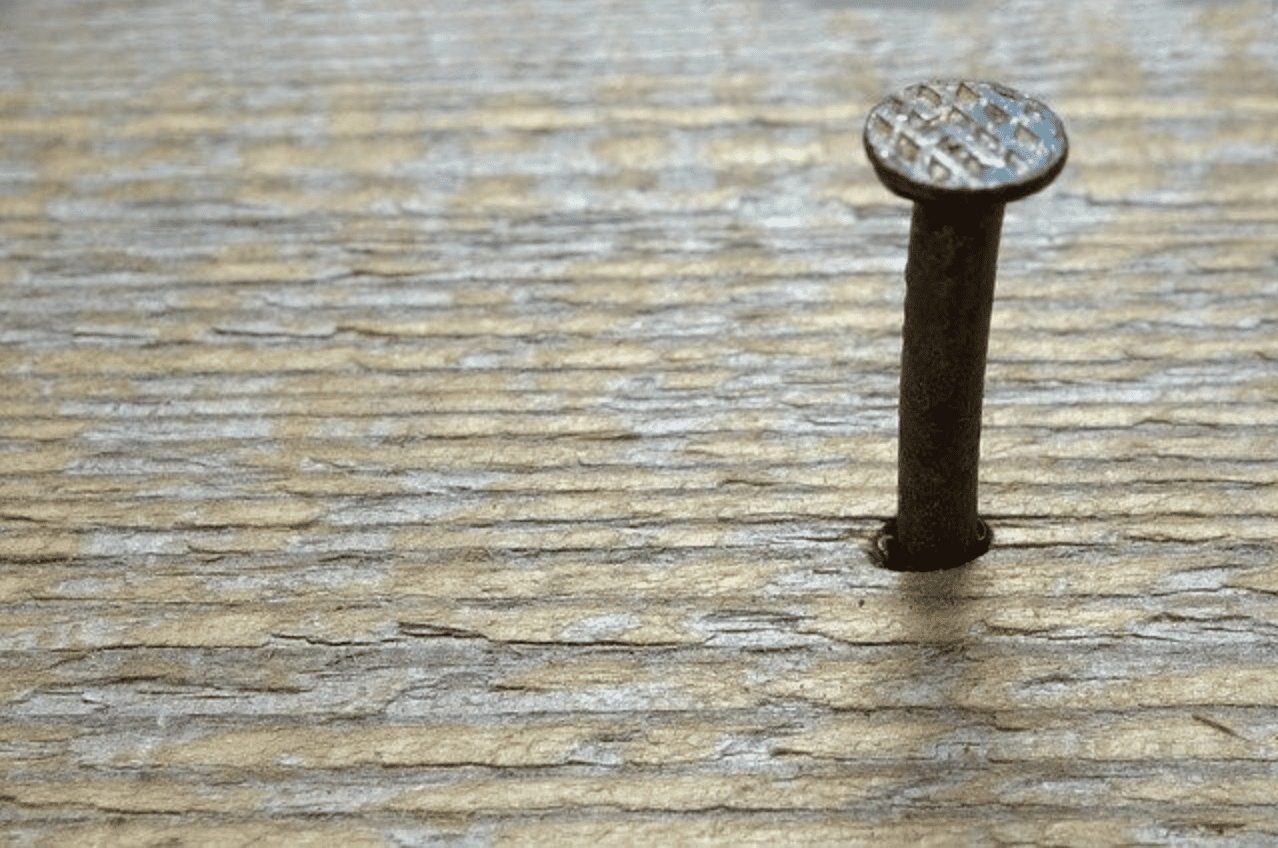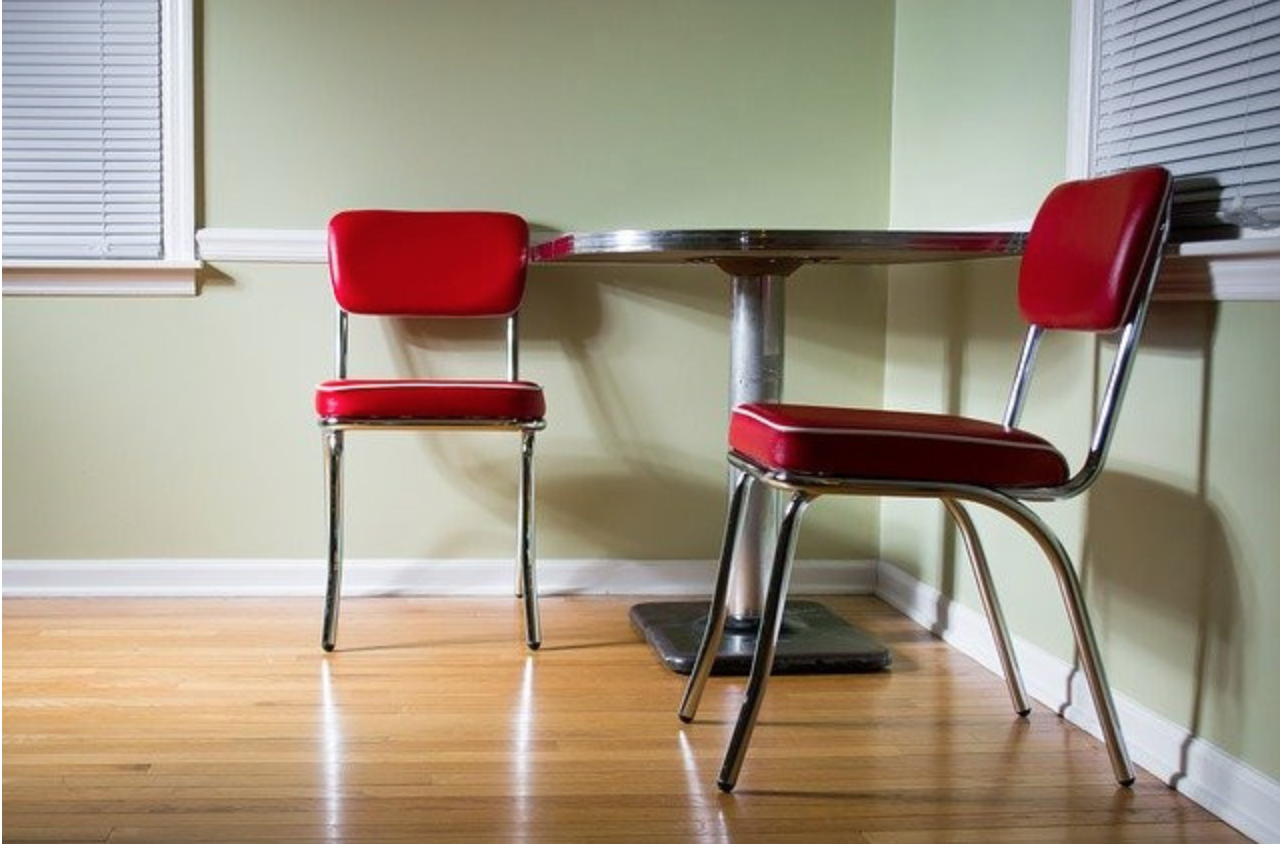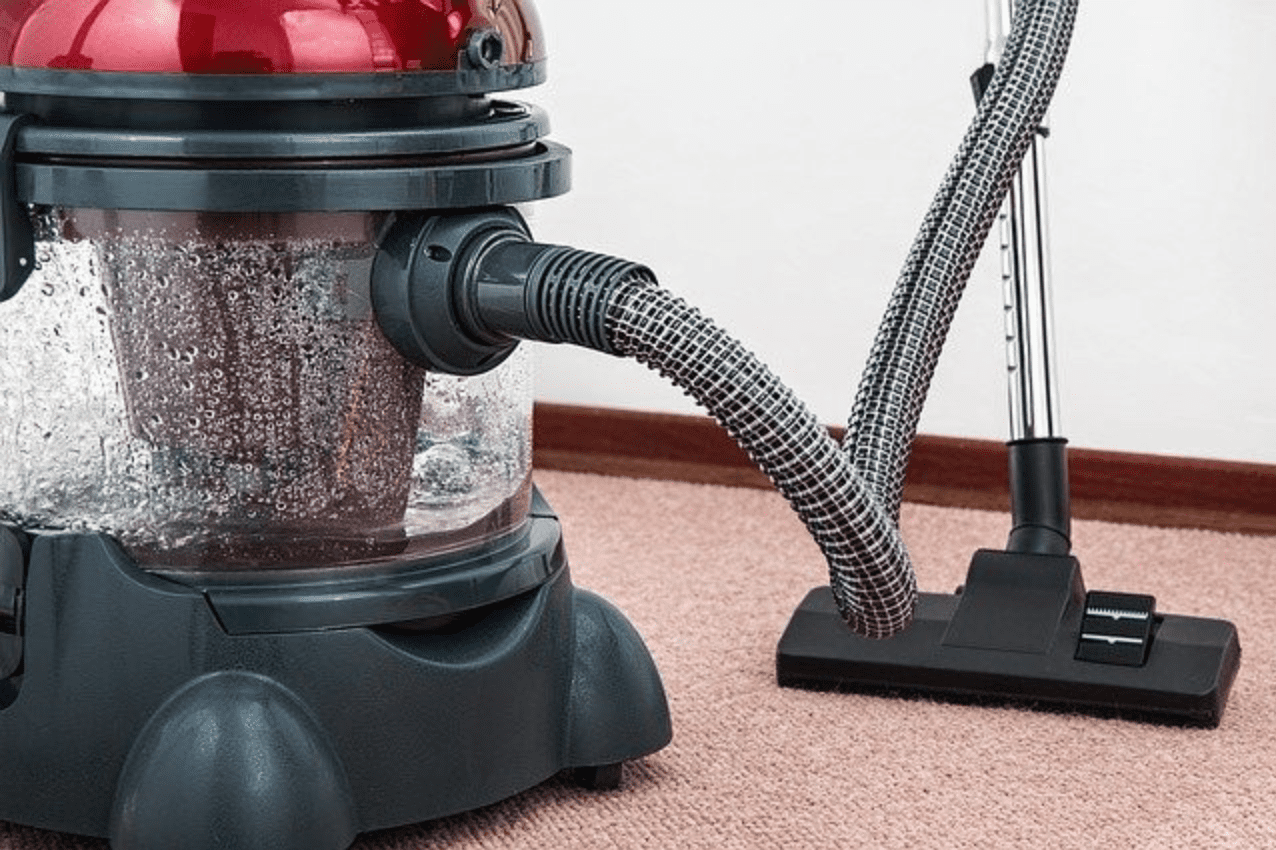We have been in our new house in Lewes for only a couple of weeks and have already had temporary issues with the HVAC system and the Septic system. The last thing I wanted to do is to worry about squeaky floors.
It turns out that squeaky floors can be very annoying, but they are rarely signs of a significant problem. There are a few reasons behind squeaky noise and a few ways to get rid of it.
Squeaky floors can be caused by physical damage to the floor, change in humidity, old age, poor installation, or subfloor problems. But rest assured, squeaky floors rarely indicate severe underlying issues.
As with most problems, to solve them, you will have to identify a cause, which can sometimes be a tedious task. Here is the list of the most common reasons for squeaky floors and tips to fix them.
What Causes Squeaky Floors?
Let’s go over a list of typical reasons for squeaky floors.
Humidity Levels
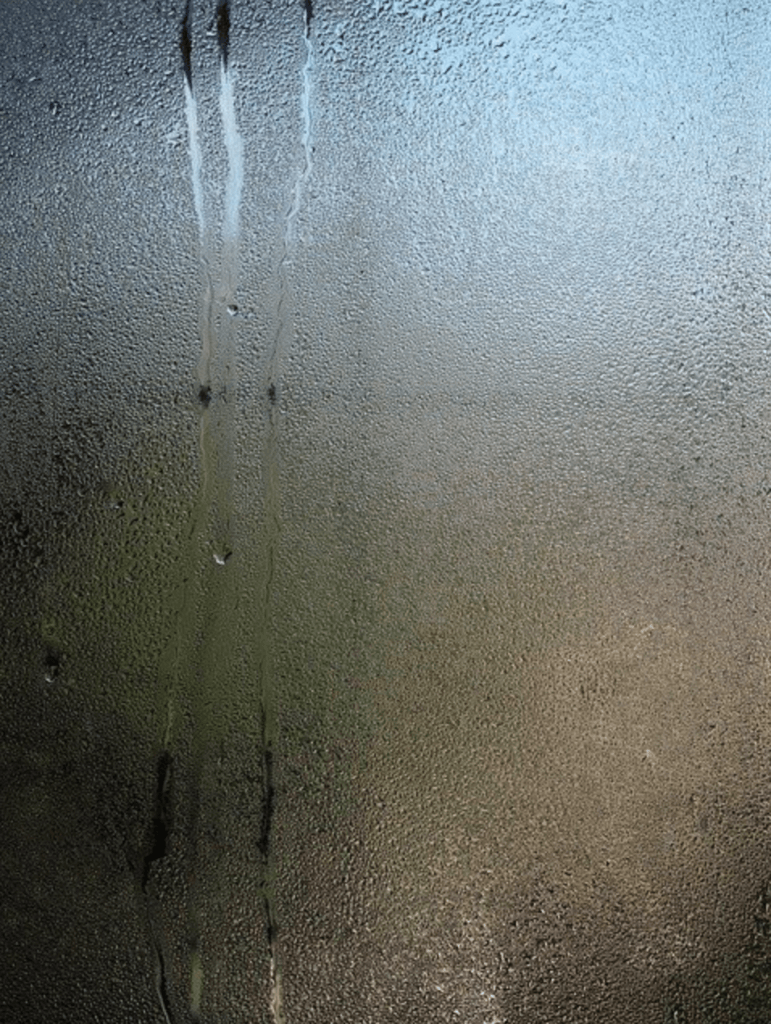
Many people think that changes in temperature are the only factor affecting the expansion and contraction of materials. They also believe metal constructions are the only ones affected.
Wood is also affected by temperature, and even more importantly, by humidity levels. Wood is a very porous material, and it can easily loose or soak water, no matter how well protected and constructed it is.
Some homeowners notice seasonal changes in their homes. During winter, the air gets dry, and the floor can contract. If the humidity level drops below 30% and stays like that for a while, you will probably notice some squeaky sounds as you walk on your floors.
A constant low humidity level can cause cracks and gaps between the floorboards.
When spring arrives, the floor usually improves. Solid floors are more prone to this problem than engineered floors built with seasonal changes in mind. Constant expansion and contraction can also cause a floor to get detached from the subfloor because of loose nails.
Poor Installation or Old Age
Older homes frequently have problems with squeaky floors. Years of walking, moving furniture, seasonal contractions, damage, and everything else will affect the floors.
Most nails are probably loose, and the floor may not be well connected with the subfloor.
When you notice squeaky floors in a new house like mine, it is probably due to poor installation. Every builder should have procedures for nailing patterns and placement, which may or may not be strictly followed by workers.
When those procedures are not materially followed, your floors may look nice, but as soon as you start walking over them, you may notice the squeaks.
Nailing pattern and placement may be strictly followed, but if it is a low-quality floor, you may still hear squeaks. Regular maintenance is essential to prevent it, but sometimes that is not sufficient. Be careful when buying floors; if the deal seems too good to be true, it probably is.
Subfloor Problems
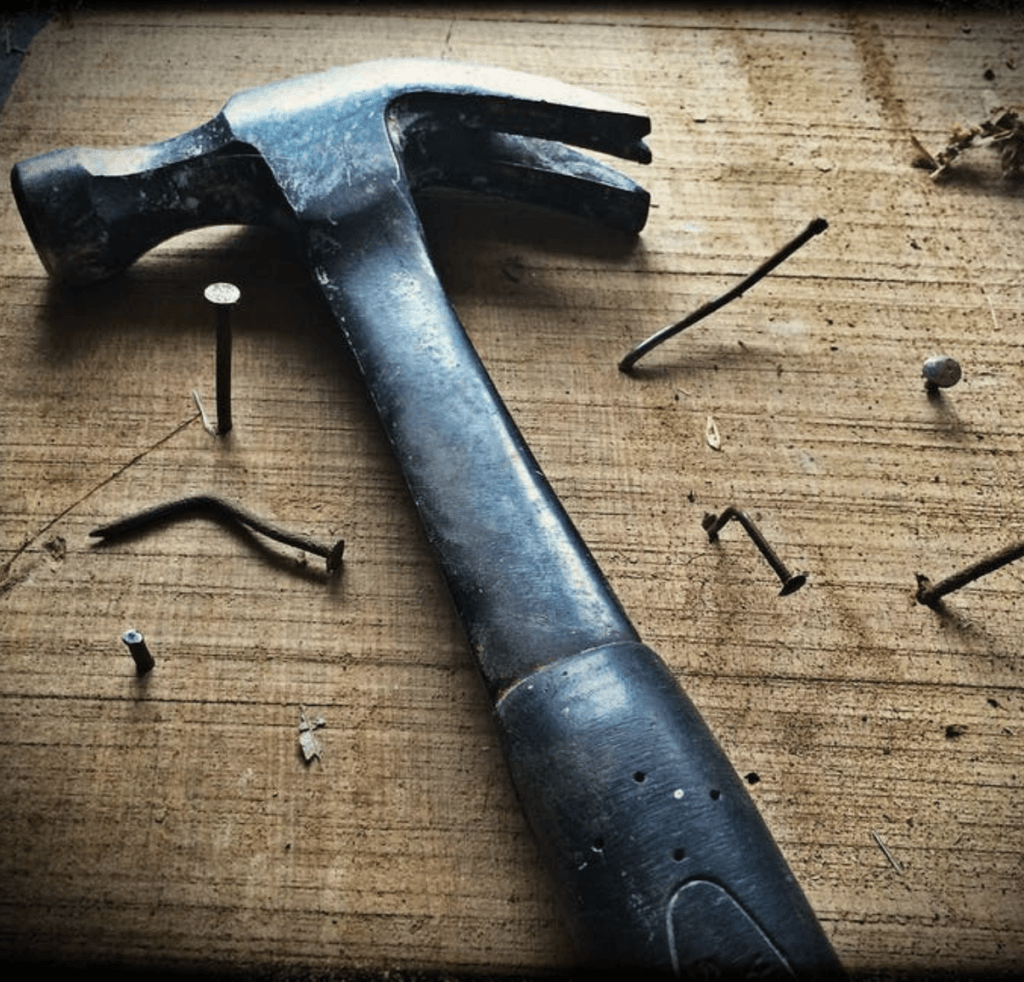
Sometimes, workers can skip a few steps while installing the subfloor.
Nailing the sheathing has to be done precisely, and a poorly done job can cause all kinds of problems. If you miss the floor joists when using nails, or even glue, it will not be attached as it should be. Plywood is usually used for subflooring, but other, less suitable materials can also be used.
If the job is poorly done, there are probably bumps or unleveled sheets which can later cause the floor to squeak. Some manufacturers’ practice is to leave the floors in a place where they will be installed for a certain amount of time to acclimate to the temperature and humidity of the area.
Homeowners or workers often ignore it and immediately install the floor, which can lead to expanding or contracting after some time. Gaps will occur, and the floor will eventually make noises.
Foundation Problems
Foundation problems can potentially be severe.
Some foundation movement is normal, up to a certain degree, as the soil settles, the foundation can move a little bit. The same goes for mild earthquakes that cause no damage but can cause a shift within a foundation.
Any movement, even less than an inch, can cause gaps between the floorboards. The subfloor can get detached too, and all of it together may cause your floors to squeak.
If you notice this in an older home, make sure the foundation is thoroughly checked to ensure that squeaky floors are not just a symptom of a more significant problem, especially if you are buying that older home.
Some foundations issues are unsafe and have to be repaired, and those problems are often invisible to inexperienced people.
Improperly installed post-tension slabs in new homes are a frequent reason for squeaky floors too.
How to Troubleshoot a Squeaky Floor?
Depending on the cause, squeaky floors can be repaired in different ways. Some problems are easily resolved, while others are more difficult.
First of all, you will have to identify the cause. If you can get underneath the floor, that would be great. Ask someone to help you. One person can walk across the floor while the other can listen and locate a source of the problem.
If you can’t get underneath, it can be fixed from above, but figuring out the reason for the noise will be harder.
Fixing the Floor From Underneath

If you can stand, or even crawl under the floor, you will have access to many construction parts that can be the cause of a problem.
Gaps Between Subfloor and Joists
Small gaps between the subflooring and joists can be fixed with carpenters glue or adhesive suitable for wooden constructions. This can be done by taking a small and very thin piece of wood, cover both sides with glue and insert it between the joist and the subfloor, or between two floorboards.
If you notice longer gaps, use should use adhesive between the joist and the subfloor. This may not work as well, but you will definitely notice an improvement. Keep in mind that those adhesives need some time to dry and harden.
Another option is to buy specialized metal plates positioned on the joist and screwed into the subfloor. These plates are available in many stores and are inexpensive.
Gaps Between Subfloor and Floorboard
Floors can make squeaky noise because there is a gap between the subfloor and the floorboard. While working from under the floor, you can gently insert a screw through the subfloor into the floor, but be careful and don’t go too deep. Otherwise, you will puncture the floorboard. You don’t want that screw to stick out from your living room floor.
If you notice a gap that is not too long, but it is high, you can insert a piece of wood, possibly a shim, into that space. Make sure you push it as far as possible, so it stays in. Use a rubber hammer if necessary, but try not to apply too much pressure.
Floor joists may need additional support, and you can take a wooden board and insert it between the joist. Connect it with a carpenters glue. Those boards will keep the loose joists in place. However, this problem can lead to more serious issues, so you may want to consult an expert. This often happens if the foundation sustained some movement.
The video below demonstrates how to take care of some of these issues.
Fixing the Floor From Above
The tricky part of fixing squeaky floors from above is that they may be visible if you are not careful, especially with vinyl plank flooring.
Get a few flooring nails (those that have rings that prevent the nail from coming out). Insert them into the seams right between the parts that are rubbing and causing a squeak.
If the problem is caused by subflooring, use two of those nails, and insert them into the floor joist (make sure you locate it first) in the 45-degree angle, facing each other. It will tighten the subflooring and the floor. You can use wood filler inside the holes.
Squeaky noise caused by humidity can be resolved by installing a humidifier. If the problem is high humidity (over 55%), you can use a dehumidifier too. The problem should disappear in a few days. If the issue remains, it means that the humidity is not the source of the problem and you should search further.
Fixing the Floor When you Have Carpet
For those who have carpet, a wallboard screw may come in handy. Insert it through the carpet and the subfloor into the joist. The carpet will hide it so it will look acceptable. Wallboard screws work best if your carpet is thick.
As a side note, in case you think carpets are a thing of the past, a lot of homeowners still have them in their house.
You can also buy a repair kit. These kits contain everything you need to fix the floors. Long screws come with specific tools to remove the nail heads. The nails will tighten the floor and still look acceptable.
The video below is a good example of how to use the repair kit to fix a squeaky floor over carpet.
Squeaky floors can be very frustrating, especially at night. If you are unable to locate the source of the problem or are not that handy with tools, you can always call a professional to fix it. Unfortunately, that will cost you way more than a few screws and a shim.
Related Posts:

